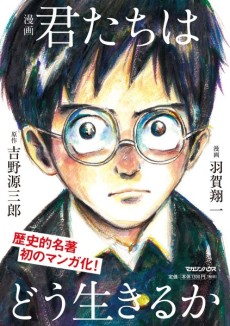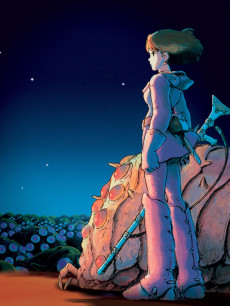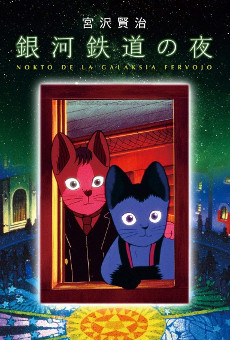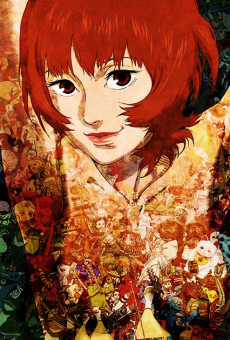KIMITACHI WA DOU IKIRU KA
MOVIE
Dubbed
SOURCE
ORIGINAL
RELEASE
July 14, 2023
LENGTH
124 min
DESCRIPTION
While the Second World War rages, the teenage Mahito, haunted by his mother’s tragic death, is relocated from Tokyo to the serene rural home of his new stepmother Natsuko, a woman who bears a striking resemblance to the boy’s mother. As he tries to adjust, this strange new world grows even stranger following the appearance of a persistent gray heron, who perplexes and bedevils Mahito, dubbing him the “long-awaited one.”
(Source: Letterboxd)
CAST
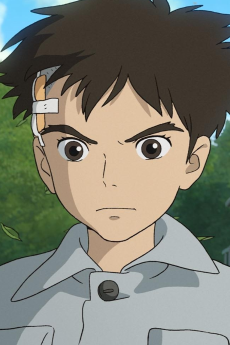
Mahito Maki

Souma Santoki
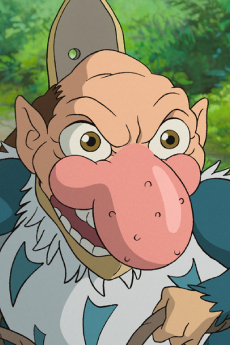
Aosagi
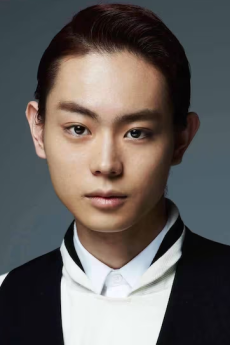
Masaki Suda
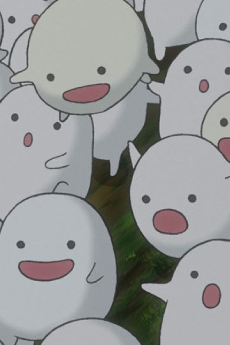
Warawara

Karen Takizawa
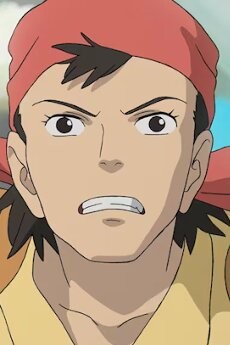
Kiriko
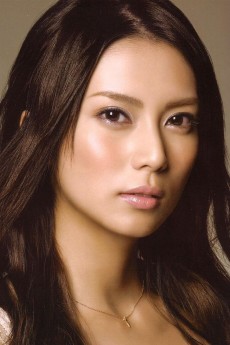
Kou Shibasaki
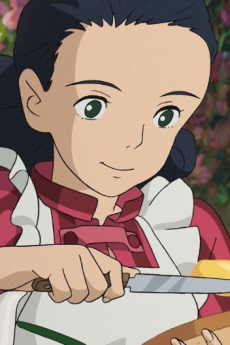
Himi
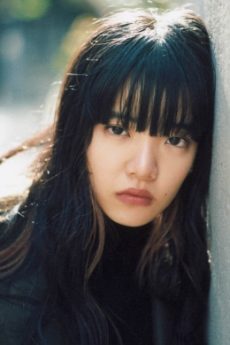
AIMYON
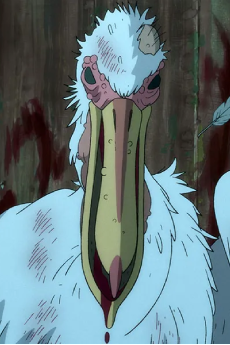
Rou Pelican
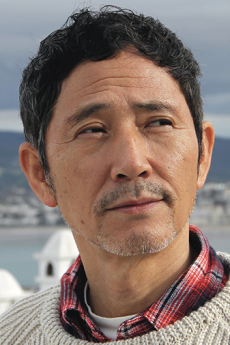
Kaoru Kobayashi
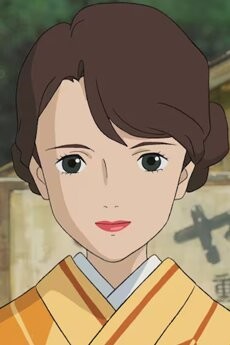
Natsuko

Yoshino Kimura
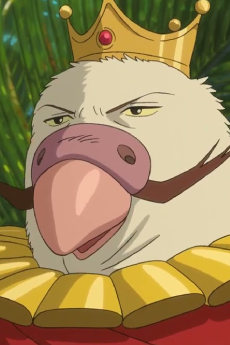
Inko Daiou
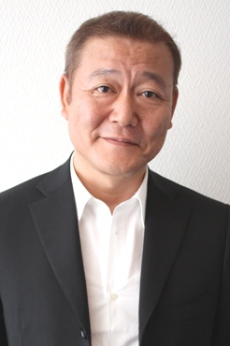
Jun Kunimura
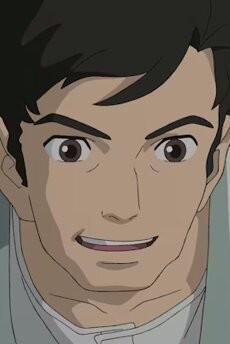
Shouichi
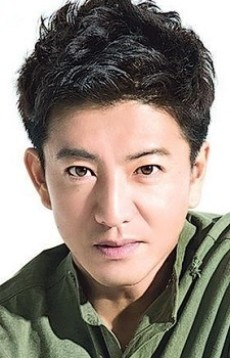
Takuya Kimura

Aiko
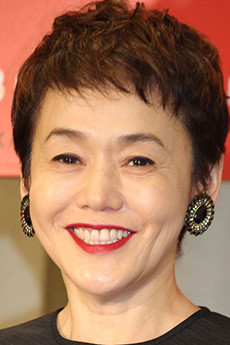
Shinobu Ootake

Oooji
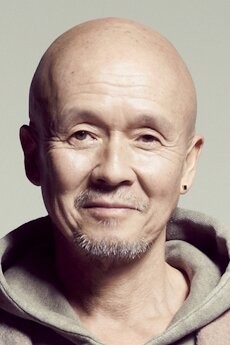
Shouhei Hino

Izumi

Keiko Takeshita

Utako

Jun Fubuki

Eriko

Sawako Agawa

Kazuko
RELATED TO KIMITACHI WA DOU IKIRU KA
REVIEWS

Redpillman
85/100How Do You Live?Continue on AniList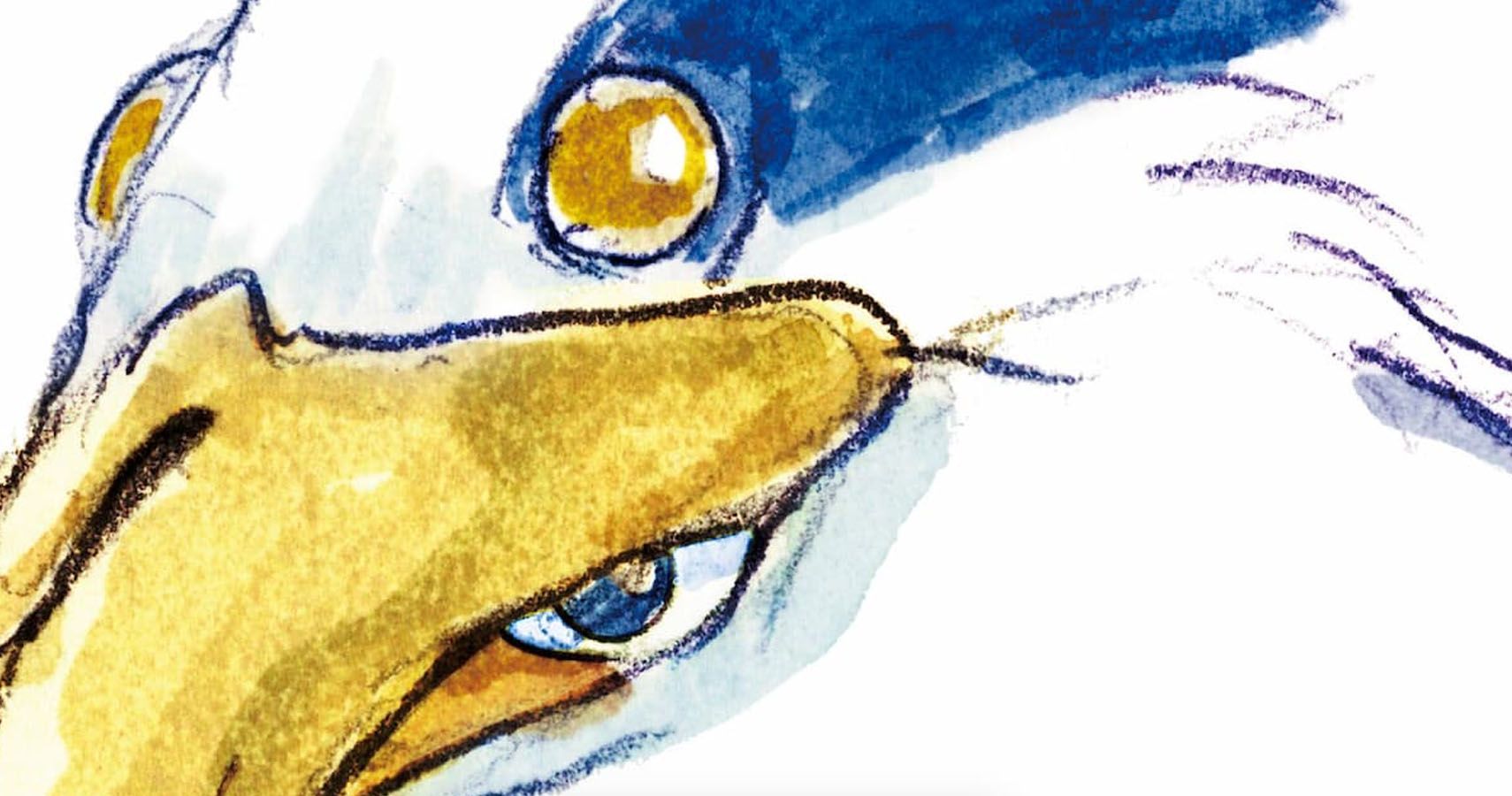
I can count on my fingers the number of directors I still have expectations from in this industry. Anime movies have been lacking on creativity, especially ever since Kimi no Na Wa came out, and it looks like everyone has tried to do their own fantasy movie with subpar writing and bland characters. I'm thinking about directors like Yasuhiro Yoshiura or Keiichi Hara, hell even Mamoru Hosoda suffered from it, they all hugely disappointed me with their latest movies. I really feel like there's an after "Your Name" that's even affecting the one and only Makoto Shinkai, who used to be so creative back in his earlier works, knowing exactly what he could do well like writing subtle romances without the need to add in an extra fantasy setting and gimmicky tropes like time travels.
It doesn't look really good for the future of anime movies, and yet, I still cling to the very few remaining directors that are still pushing the medium in the right direction to me. Hayao Miyazaki is of course one of them. It has been 10 years since we were graced with Kaze Tachinu, an attempt from the director's part to tackle more mature themes than usual by doing a fictionalized biopic on Jiro Horikoshi (voiced by the one and only Hideaki Anno!), that mainly serves as a reflection on the real-world implications of pursuing one's dream, the ethical choices faced by creators, and the bittersweet nature of ambition in the face of adversity. While this one kept Ghibli's trademark spirit, we could already feel a more down to earth, less enthusiastic Miyazaki direction, and this movie clearly marked his evolution to a somewhat wiser man. So it's no surprise that 10 years later, with the release of "How Do You Live?", marketed as his final movie, we get to delve deeper into these themes and even more into Miyazaki, himself, as a person.
I find myself sitting in the same seat, at the same movie theater I went a decade ago, and i'm about to witness what could be one of the last anime movie as we know them. One of the last pieces in a -maybe- soon to be extinct medium.
As per usual, the creative work of Hayao Miyazaki is trenscending. In a sea of bland digital anime, the hand-drawn animations and hand-painted backgrounds, judiciously integrated in modern digital processing along with the use of 3D as well, already sets the bar pretty high visually. It's a Ghibli movie alright, with everything that comes with it. In that regard, it's not especially surprising, but it's not a bad thing anyway. During the whole two hours of the movie, we get to contemplate a range of sceneries, from idyllic pastoral landscapes to huge dreamlike plains, it feels just like home. The pure, unparalleled soul of a Miyazaki masterpiece resonates from it. I was so relieved to see that he still knew how to perfectly transition from an initial, pragmatic setting to a fantastical one. This one does it really well, letting us time to connect with the characters at a human level and relate to them in certain ways, before seamlessly merging it to the fantasy world where we hunt giant fishes, and where a pelican-like specie can't go on living without eating little creatures called the Warawaras, that may remind you of the Kodamas from Mononoke Hime. But outside of its beautiful visual front is one of the most meaningful movie of the studio and probably the most personal for Miyazaki.
"Kimitachi wa Dou Ikiru ka" peels back the layers of our complex human nature, and feels almost autobiographical from Miyazaki's point of view. Knowing that it is, probably, his last movie, it makes sense for him to bring his viewer with an actual sense of closure, kind of like a goodbye letter filled with hope from him to today's youth and next generations. Letting go of the past, of dreams and memories, asking us a simple question: How do you live ?
How in a world plagued by the horrors of war, dominated by anti-environmentalism, with technological progress driving humans more and more apart, do you live ? Do you keep the gears turning, and repeat the errors of the past, or do you try to build your own tower, and surpass all of that on to a better path ?

konekofx
100/100Kimi Tachi Wa Dō Ikiru Ka ? (The Boy and The Heron)Continue on AniList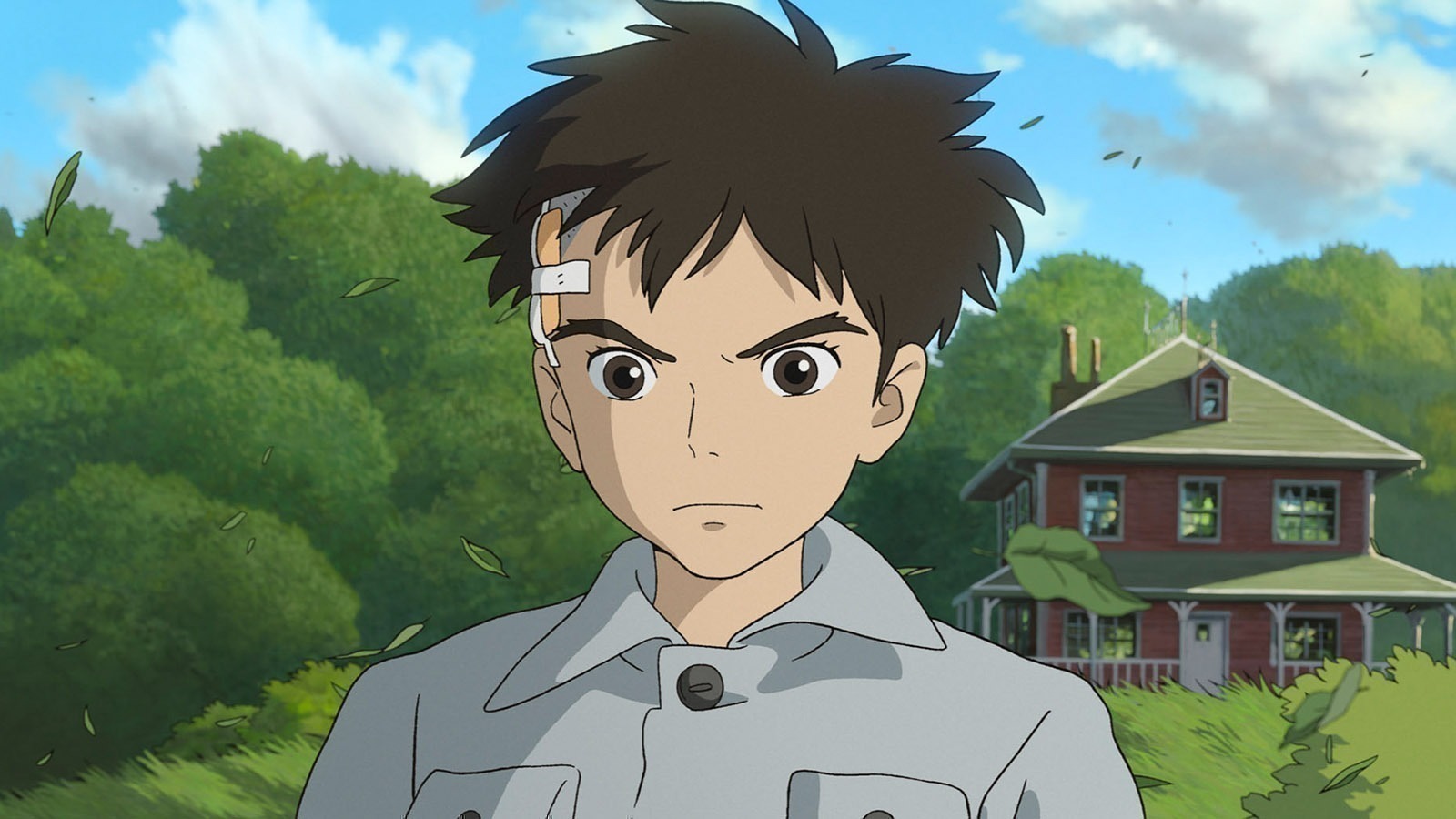
I've always had a special feeling towards Miyazaki's films and, more broadly, Studio Ghibli films. Having discovered them at a very young age, it's like coming back to a classic; they have something comforting about them. Being an animation enthusiast, I was already aware of the production of a new film by the master of Japanese animation based on the novel of the same name written by Genzaburô Yoshino. I was already somewhat interested in his life at the time, and just by seeing the title of the film, I began to grasp where Miyazaki wanted to take us. And I wasn't disappointed.
Miyazaki had already tackled themes that were more than complex to depict in an animated film, such as war, love, and environmental stewardship, among others. In his last film released a decade earlier, "Kaze Tachinu", he attempted to explore much more mature themes than usual. It is only natural, then, that he continues down this path, especially for the release of a film that is marketed as his swan song.
Once seated in front of the screen, we find ourselves, as usual for a Ghibli film, in a world teeming with details. In a world where most studios embrace digital methods, Miyazaki, as always true to himself, predominantly employs analog techniques, which lend their charm to the films he creates, and 'How Do You Live?' is not an exception. The film takes its time, giving attention to seemingly unimportant details, and we marvel at the facial expressions of the characters, which, as always, are depicted with great richness. The world depicted is neither good nor bad, this nuanced tone present in every film by the director is taken to the extreme in this movie where there is no real antagonist or hero. Only Mahito, who tries to live in the way he chooses and to accept the death of his mother."
As is often the case in Miyazaki's films, we find the strong female character embodied by Kiriko, but more broadly, it's the maternal figure that is constantly brought to our attention throughout the film. Mahito seeks this maternal figure and the love he has lost in each of the female personalities we encounter. I can't help but draw a parallel between the main character and Miyazaki himself.
But 'How Do You Live?' is above all a film depicting the profound nature of humanity and prompts reflection on how we live and perceive the world. From Miyazaki's perspective, the film is almost autobiographical and is certainly the one where he shares his most personal thoughts. Hayao Miyazaki poses a simple question to us here: How do you live? Carrying a message of hope for today's youth. What kind of world will you build? An unstable tower or a tower with strong foundations where peace and harmony reigns.
How do you want to live as a human being?
How do you live?
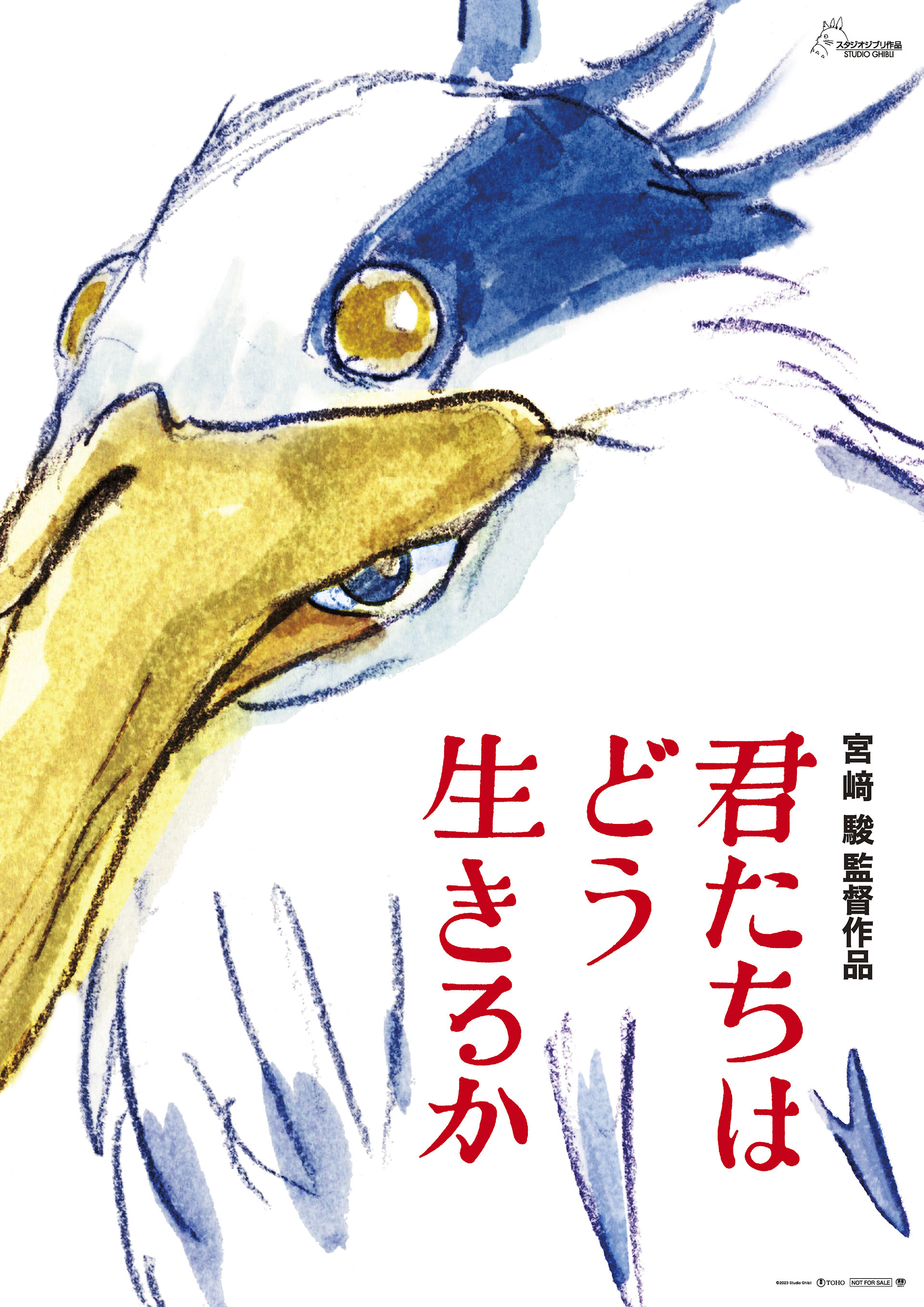

Cadensia
95/100To live, die and knowContinue on AniList__[SPOILERS AHEAD]__ As soon as the credits rolled, half the audience stood up and left the venue in confusion. Among the reactions, some said they understood nothing of Miyazaki's vision; some parents were uncomfortable with some of the scenes their children had seen; others said they had almost fallen asleep in the middle of the film. Kimitachi wa dō ikiru ka has the virtue of being a clear counterpoint to Miyazaki's previous productions. Like Kaze tachinu, it feels like a conclusion, but the approach is markedly different, deeply personal and riddled with remorse, something that permeates every frame.
Rejecting the surgically constructed sentimentality that might have been his style, Miyazaki offers a more hermetic narrative. A number of critics have pointed out that the film could easily be divided into two very different parts, the first showing Mahito's inner dilemma before the plot turns into a fairy tale in the second half. It seems to me that such a division completely misses the intertextuality that Miyazaki's team has carefully constructed. From the very first minutes, the film encapsulates Miyazaki's career, building an aesthetic bridge between his early work and Kaze tachinu: the realistic sobriety of the drawings in the introduction contrasts with the cartoonish design of the tanks. These are reminiscent of Miyazaki's old designs found in Zassō nōto and Doromamire no tora. Mahito's initial muteness, petrified by his grief, allows the film to progress through his image.
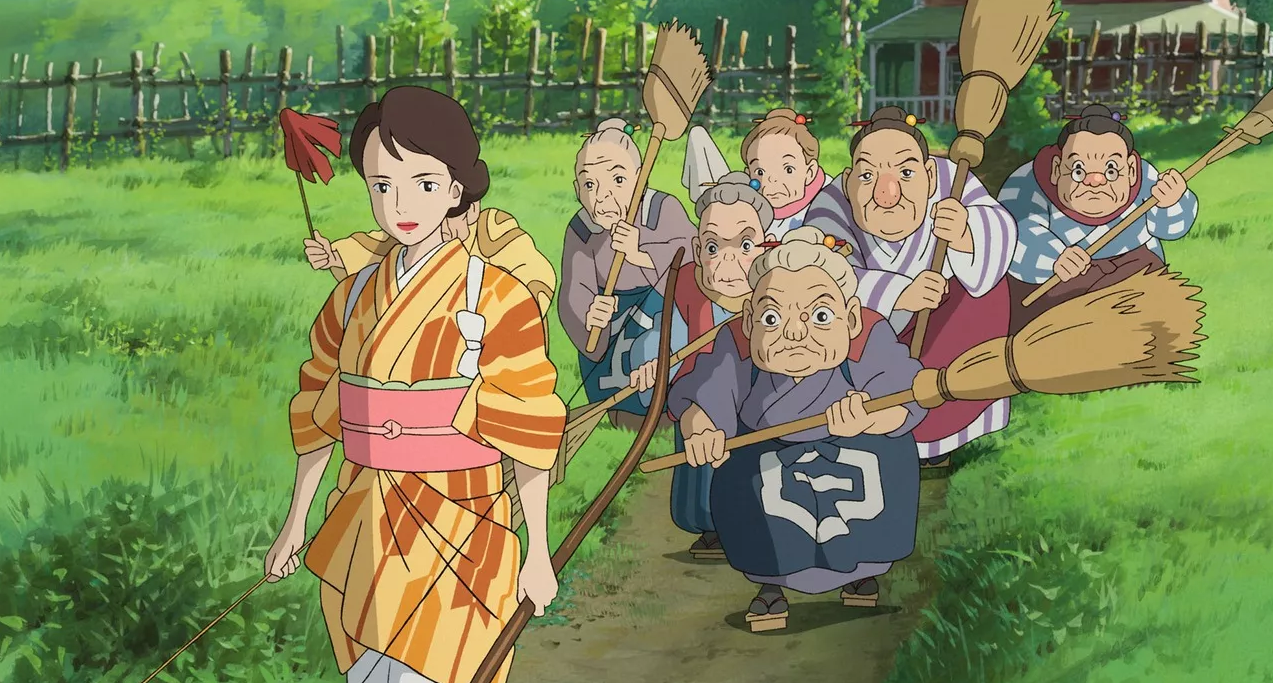
Natsuko's mansion is a fantastic layering of corridors, gardens and living rooms, creating an imaginary geography. Unlike previous productions, where it is easy to picture the world in which the characters exist, Kimitachi wa dō ikiru ka is deliberately confusing. The architecture shifts constantly, from a luxurious main entrance to more intimate passageways, from dusty chambers to Western-style furnished rooms. This eclecticism feeds Mahito's hallucinations, whose fever distorts his vision of reality. His nightmares mingle with the idyllic setting of the mansion: this is where the film reveals its intention. In one dream scene, Mahito goes out to hunt the grey heron, but is soon paralysed as legions of fish and frogs surround his body, threatening to suffocate him. At the last moment, a bow-armed Natsuko, flanked by her army of grandmothers, arrives to scare off the animals and save Mahito, who falls unconscious.
This scene serves both to cement the film's transition to magical realism, which lasts until the end, and to play with the imagery of Mononoke hime: the animals mimic the eerie strangeness of nature, while Natsuko takes on the features of Lady Eboshi. In fact, Kimitachi wa dō ikiru ka is full of references: the buildings have an intricate architecture reminiscent of The Castle of Cagliostro, Lady Himi's world resembles that of Arrietty, while the domestic scenes use the same grammar as those in Howl's Moving Castle. However, there are noticeable differences. The setting is infused with western influences and lighting design reminiscent of 1980s anime production. The tall pines that rise into the sky as Mahito arrives in the world below contrast with the stillness of the sea. On the horizon is a fleet of different boats, modern regattas rubbing shoulders with older vessels. Clouds dominate the sky, great masses of grey and gold, bathed in the light of an invisible sun. This atmosphere, a fallen and mythologised world, is reminiscent of the American romanticism found in the work of Clark Ashton Smith. The great-uncle's antechamber is very reminiscent of Moebius' work, with very geometric lines and layouts: it is no coincidence that the world below is held together by stackable geometric blocks. In a way, Miyazaki and his team are clarifying the spirit that has run through all their films for decades.

The entire iconography of the magical world of Kimitachi wa dō ikiru ka borrows from Moebius's Celestial Venice, while also drawing on the Moebius-inspired aesthetics of Kaze no tani no Nausicaä and Tenkū no shiro. From this perspective, the film is never divided into two distinct parts: it is a single meditation on an entire cultural production. Kimitachi wa dō ikiru ka is like a long hallucination or an improvised story – for Miyazaki's grandson – using imaginary material as a convenient framework to tell Mahito's story, just as Koperu in the novel of the same name uses his diary to explore his place in the world and how he can live in it. To a degree, Miyazaki takes on the role of both the great-uncle and Mahito, answering to himself and acknowledging his heritage while letting it soar.
Although the plot presented in the first few minutes may lead the viewer to believe that the film will focus on the relationship between Mahito and Natsuko, and the pain he may feel at seeing his father quickly moving closer to his sister-in-law who is taking on maternal responsibilities, this is not the case. Nor is the issue of war and nationalism explicitly addressed. In fact, while Kimitachi wa dō ikiru ka avoids the familiar devices of Japanese dramatic cinema, it does present some elements of an answer, through Mahito's journey into the world below. The relationship between Mahito and Natsuko is initially cold, despite his determination to save her. They meet again when Mahito enters the labour chamber, breaking a prohibition and inviting the kegare into a sacred space. Natsuko's isolation and the many charms decorating the room evoke the traditional cultural habits of satogaeri shussan, imposing a shintō and Buddhist matrix on the film. This scene, which exorcises the mourning of the mother, also serves to reintroduce death and corruption into the film's discourse.

Some time later, Mahito points out that the great-uncle's blocks are not made of wood, but of tombstone, and are therefore surrounded by kegare. This revelation prompts the great-uncle to seek out the pure ones, so that Mahito can continue his work without being haunted by the spectre of corruption. With this interpretive key, we can associate the world below and the wakawaka cycle as using the memories of the dead to perpetuate the living and give the world above a reason to live. More specifically, Miyazaki may be addressing the way in which the heroism of imperial soldiers leads to senseless nationalism and cultural sterility, thus confessing his own tragedy – being the son of an industrial bourgeois and growing up with war as a cultural imaginary. How can he who likes to draw machines of death, and identifies himself with the great-uncle, look Mahito in the eye?
Miyazaki's deconstruction of mythology is also expressed in the portrayal of Lady Himi. Her design is typical of Miyazaki's young heroines, and has been since Clarisse in The Castle of Cagliostro. As much as Miyazaki can be credited with having strong female characters in his stories, her appearance and behaviour reflect a different idea of yamato nadeshiko and may have fuelled the paedophile fantasies of several generations of viewers. Kimitachi wa dō ikiru ka appears as a kind of atonement for this mistake: Lady Himi behaves like the classic heroine of a Miyazaki film, but she cannot join Mahito in the world above. Or rather, she is merely an invention of his mind and must return to her true form – the protagonist's real mother – to die in the flames of the fire, shattering the fantasy of Miyazaki's typical young girl. Instead, the film highlights other female characters whose gender expression may be at odds with the director's habits. Kiriko takes on an androgynous appearance in the world below, while Natsuko's eyes in the delivery room blaze with an anger not expected in a Ghibli film, something that the animation and colour palette help to underline as Miyazaki's touch fades into the other graphic styles. Similarly, the soundtrack is more discreet and understated, less iconic, as if Hisaishi is also disappearing with Miyazaki.

Kimitachi wa dō ikiru ka is perhaps an expression of guilt and frustration at being presented as the progressive voice of Japan, when Miyazaki is only one – necessarily imperfect – expression of it.The film always seems to resist a singular interpretation, forcing an intersection of viewpoints, references and influences. The destruction of the magic stone – which, incidentally, fell to earth during the Meiji Restoration – is a way of shattering the fantasised coherence of Miyazaki's monolithic filmography. In a slightly cruel turn, Miyazaki seems to delight in drawing parallels between the audience and the parakeets that devour the characters without understanding their complexity. The birds consume what is offered to them, perhaps out of necessity, as in the case of the pelicans, but often without thinking, simply following their leaders. They are content to gobble, justifying their actions by the force of circumstances or the transgression of prohibitions. Could this be a foreshadowing of the public's scepticism towards Kimitachi wa dō ikiru ka, which only wants a conventional film that fits in the rest of Miyazaki's repertoire?
It seems to me, then, that the film is a sententious statement about how his films should be received: the interpretation is left to the viewer, who has to draw out for himself what is virtuous and good in the film and its universe. Miyazaki's work is above all a collective dialogue, choral and moving. It is permeated by uncertainty, regret and dreams. For decades, certain characters and scenes have become protective charms and role models. All this is good in moderation. In the twilight of his life, Miyazaki suggests thinking about a future in which he will no longer be there, swept away by life and his own work. This is not a tragedy, but an open door to another world, where other artists create their own universes. It is no coincidence that the film ends abruptly with the mention of a return to Tokyo. Natsuko is dressed in Western clothes, and the credits scroll over a blue background. The future is coming. So, how do you live?
SIMILAR ANIMES YOU MAY LIKE
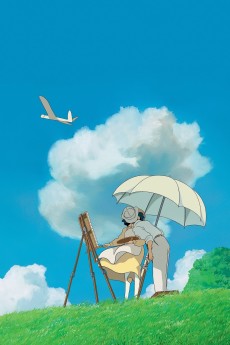 MOVIE DramaKaze Tachinu
MOVIE DramaKaze Tachinu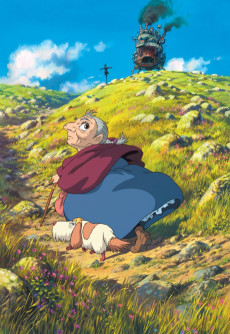 MOVIE AdventureHowl no Ugoku Shiro
MOVIE AdventureHowl no Ugoku Shiro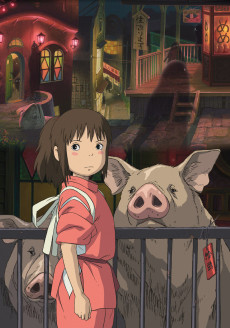 MOVIE AdventureSen to Chihiro no Kamikakushi
MOVIE AdventureSen to Chihiro no Kamikakushi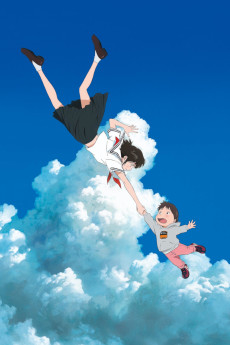 MOVIE ComedyMirai no Mirai
MOVIE ComedyMirai no Mirai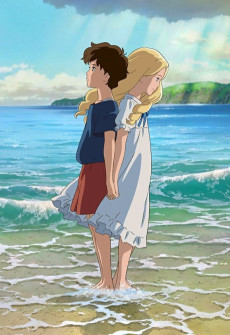 MOVIE DramaOmoide no Marnie
MOVIE DramaOmoide no Marnie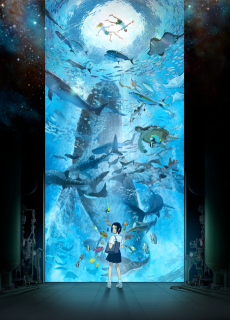 MOVIE DramaKaijuu no Kodomo
MOVIE DramaKaijuu no Kodomo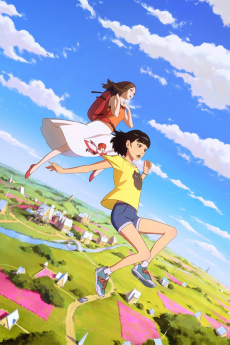 MOVIE AdventureBirthday Wonderland
MOVIE AdventureBirthday Wonderland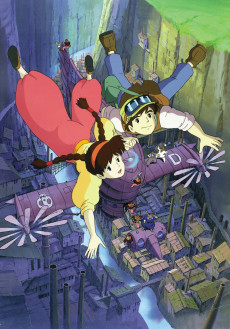 MOVIE AdventureTenkuu no Shiro Laputa
MOVIE AdventureTenkuu no Shiro Laputa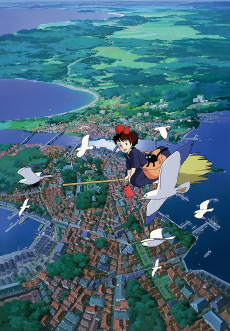 MOVIE AdventureMajo no Takkyuubin
MOVIE AdventureMajo no Takkyuubin
SCORE
- (3.85/5)
TRAILER
MORE INFO
Ended inJuly 14, 2023
Main Studio Studio Ghibli
Trending Level 4
Favorited by 1,172 Users
Hashtag #君たちはどう生きるか

